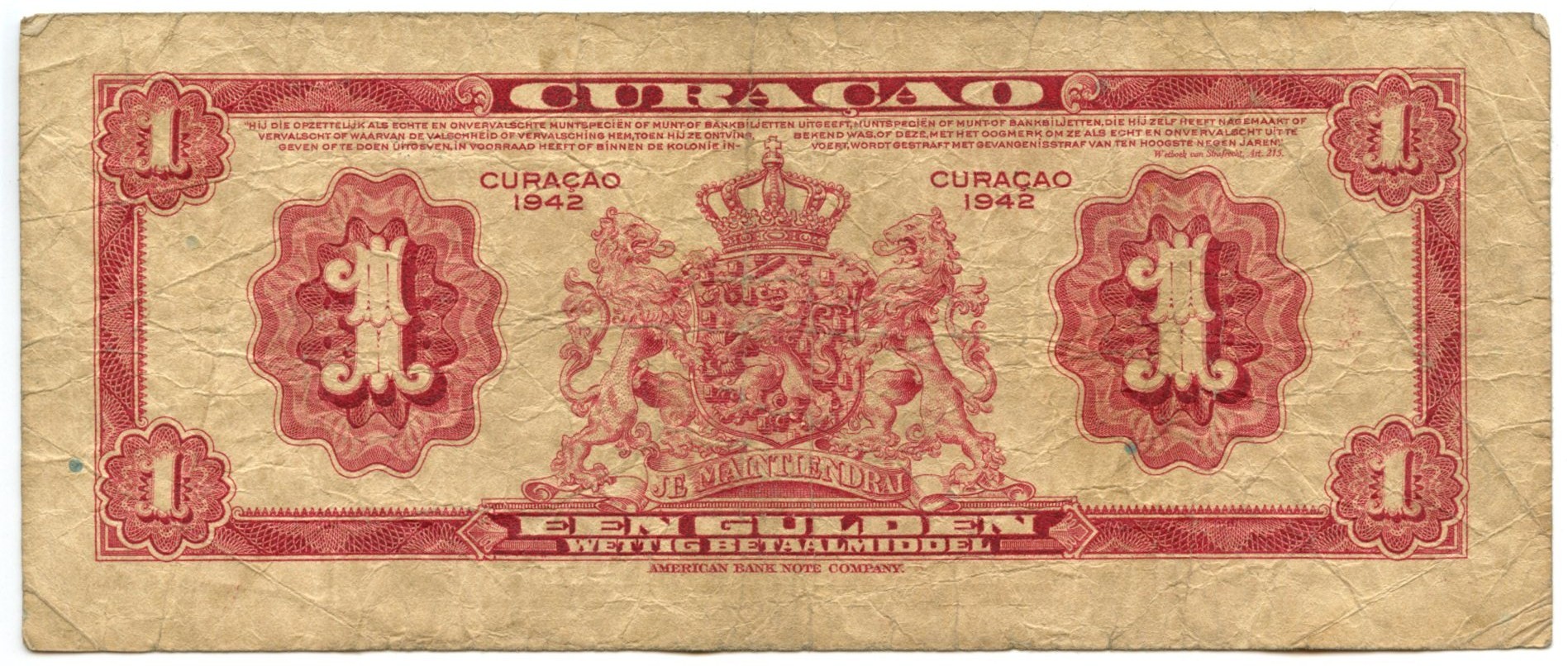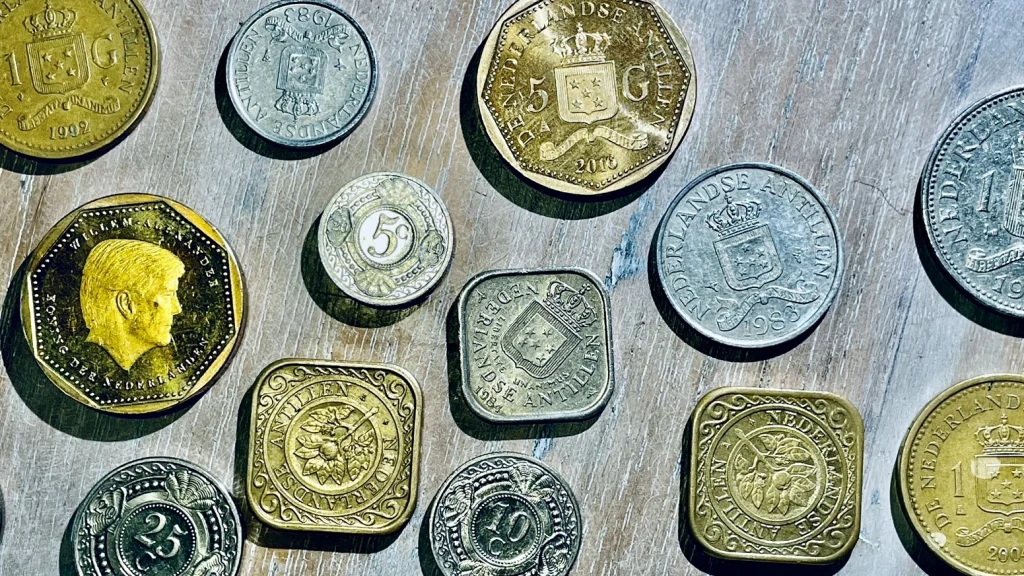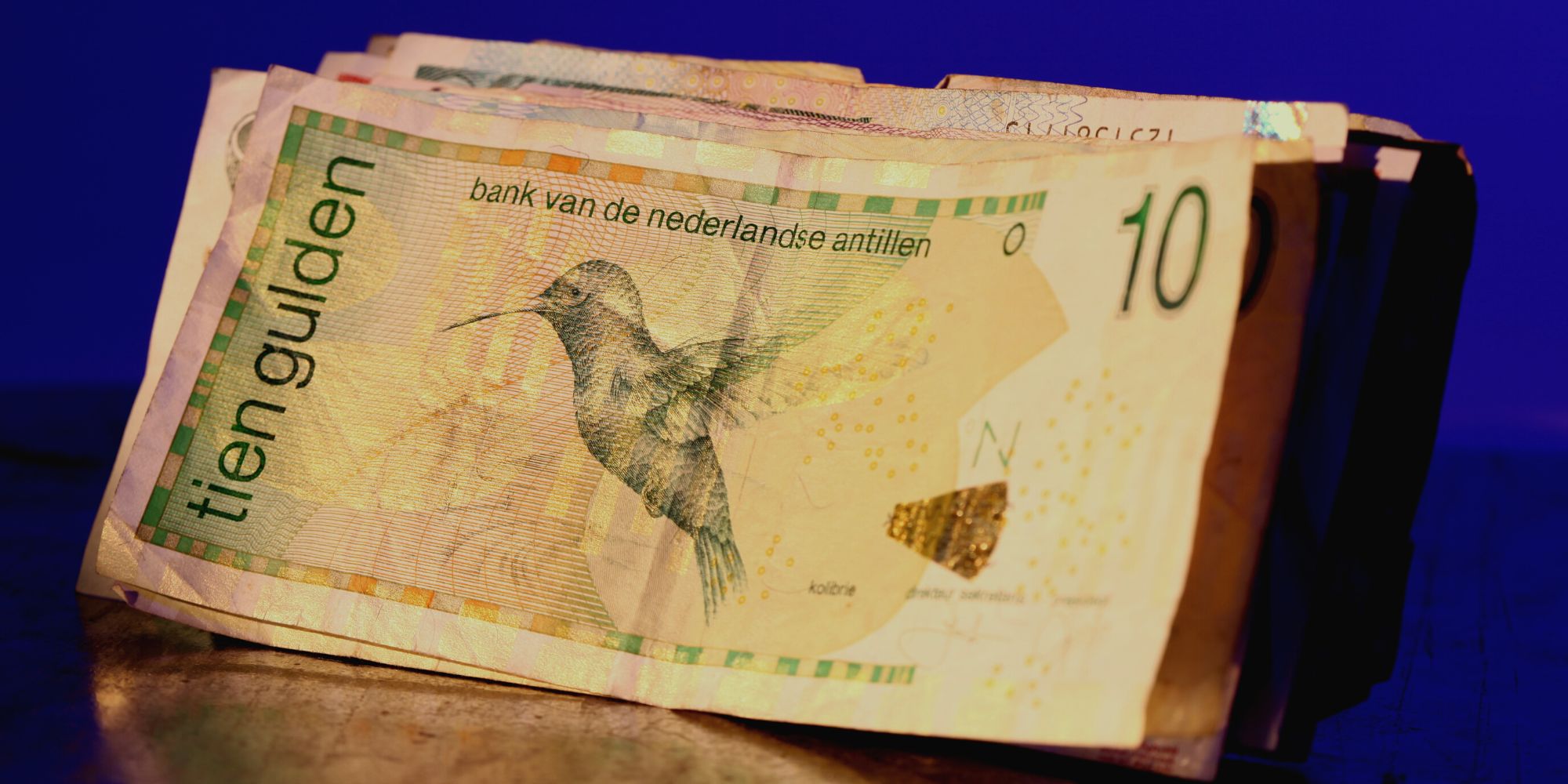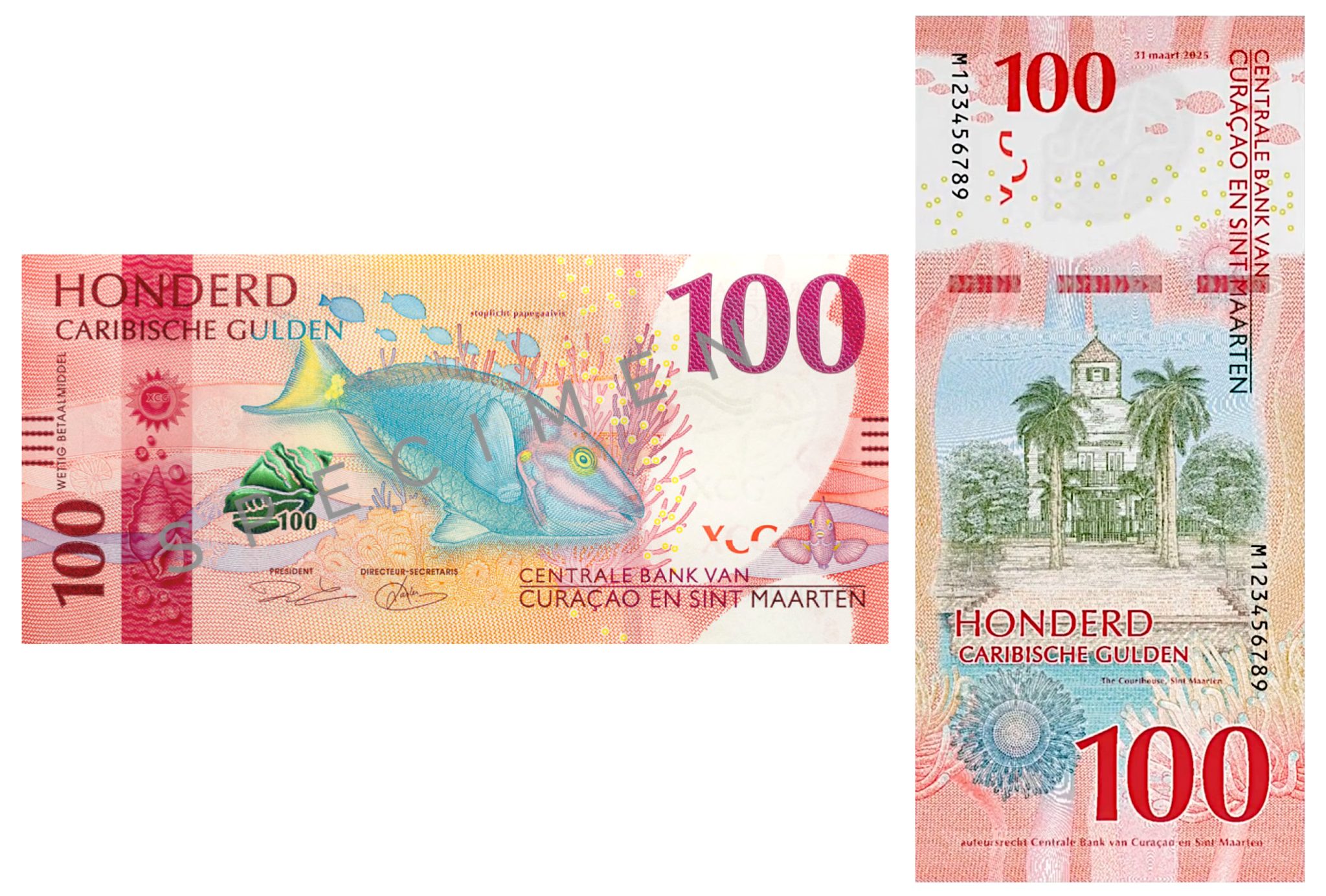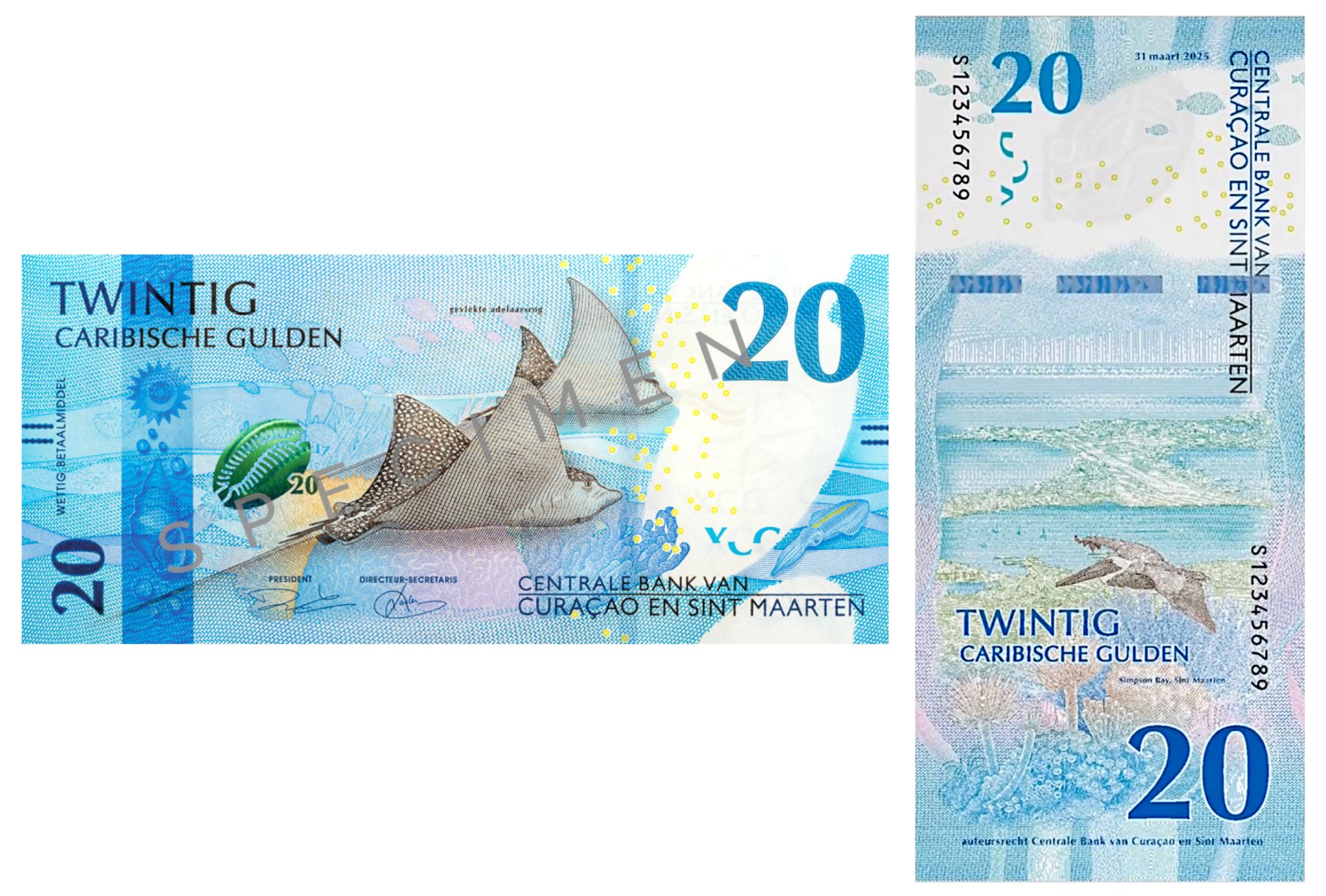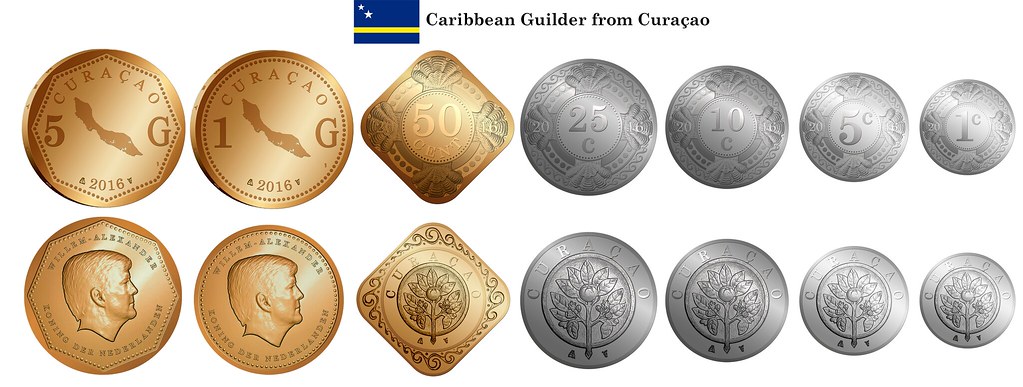What Is The Currency In Curacao

Imagine strolling through Willemstad, Curaçao, the vibrant capital city, a kaleidoscope of Dutch colonial architecture painted in eye-popping hues. The gentle Caribbean breeze carries the scent of saltwater and blooming bougainvillea. Here, amidst the bustling markets and charming cafes, you might wonder: what currency fuels this island paradise?
The official currency of Curaçao is the Netherlands Antillean Guilder, often abbreviated as ANG or NAf. While the U.S. dollar is widely accepted, understanding the local currency is key to experiencing Curaçao like a true islander.
A Glimpse into the Past
The history of Curaçao's currency is intertwined with its colonial past. The Netherlands Antilles, of which Curaçao was a part, were formerly a Dutch colony, profoundly shaping its economic and monetary systems.
Initially, the Dutch guilder circulated in Curaçao. Over time, however, a distinct currency emerged to meet the specific needs of the islands. This marked the birth of the Netherlands Antillean Guilder.
From Dutch Guilder to Netherlands Antillean Guilder
The Netherlands Antillean Guilder was officially introduced in 1940, pegged to the U.S. dollar at a rate of NAf 1.79 per USD. This fixed exchange rate has provided stability and predictability for the Curaçaoan economy for decades.
The Central Bank of Curaçao and Sint Maarten (CBCS) is responsible for issuing and maintaining the stability of the Netherlands Antillean Guilder. This institution plays a crucial role in the island's financial health.
Navigating Curaçaoan Currency Today
Understanding the nuances of using the Netherlands Antillean Guilder can greatly enhance your experience on the island. While many establishments readily accept U.S. dollars, knowing the local currency can be advantageous.
Using ANG often results in better exchange rates, especially in smaller establishments and local markets. It's also a sign of respect and integration into the local culture.
Tips for Travelers
Before your trip, familiarize yourself with the current exchange rate. Although fixed, slight variations can occur when exchanging currency at banks or exchange bureaus.
Consider withdrawing ANG from ATMs upon arrival. This will give you access to local currency and can be more economical than exchanging large sums beforehand.
Always inquire about the exchange rate if paying in U.S. dollars. Ensure you're getting a fair rate, as some establishments may inflate prices when using foreign currency.
The Future of Curaçao's Currency
The Netherlands Antillean Guilder is currently slated to be replaced by the Caribbean Guilder. This new currency is planned to be adopted by both Curaçao and Sint Maarten.
The transition to the Caribbean Guilder is a significant step. It aims to further strengthen economic ties between the two islands and modernize their financial systems.
The Caribbean Guilder: What to Expect
The introduction of the Caribbean Guilder is expected to bring greater efficiency and security to financial transactions. It should help harmonize monetary policy across the region.
While the transition is underway, the Netherlands Antillean Guilder remains the legal tender in Curaçao. The CBCS is carefully managing the transition to ensure a smooth and stable process.
Beyond the Exchange Rate: Experiencing Curaçao
Currency is more than just a medium of exchange; it's a reflection of a nation's history and culture. In Curaçao, the currency tells a story of Dutch influence and Caribbean resilience.
Using the Netherlands Antillean Guilder allows you to connect with the island on a deeper level. It supports local businesses and contributes to the vibrancy of Curaçaoan society.
So, as you explore the sun-drenched beaches and savor the local flavors of Curaçao, remember that the currency in your pocket is a small piece of a much larger tapestry. Embrace the opportunity to engage with the local economy and experience the true essence of this captivating island.
